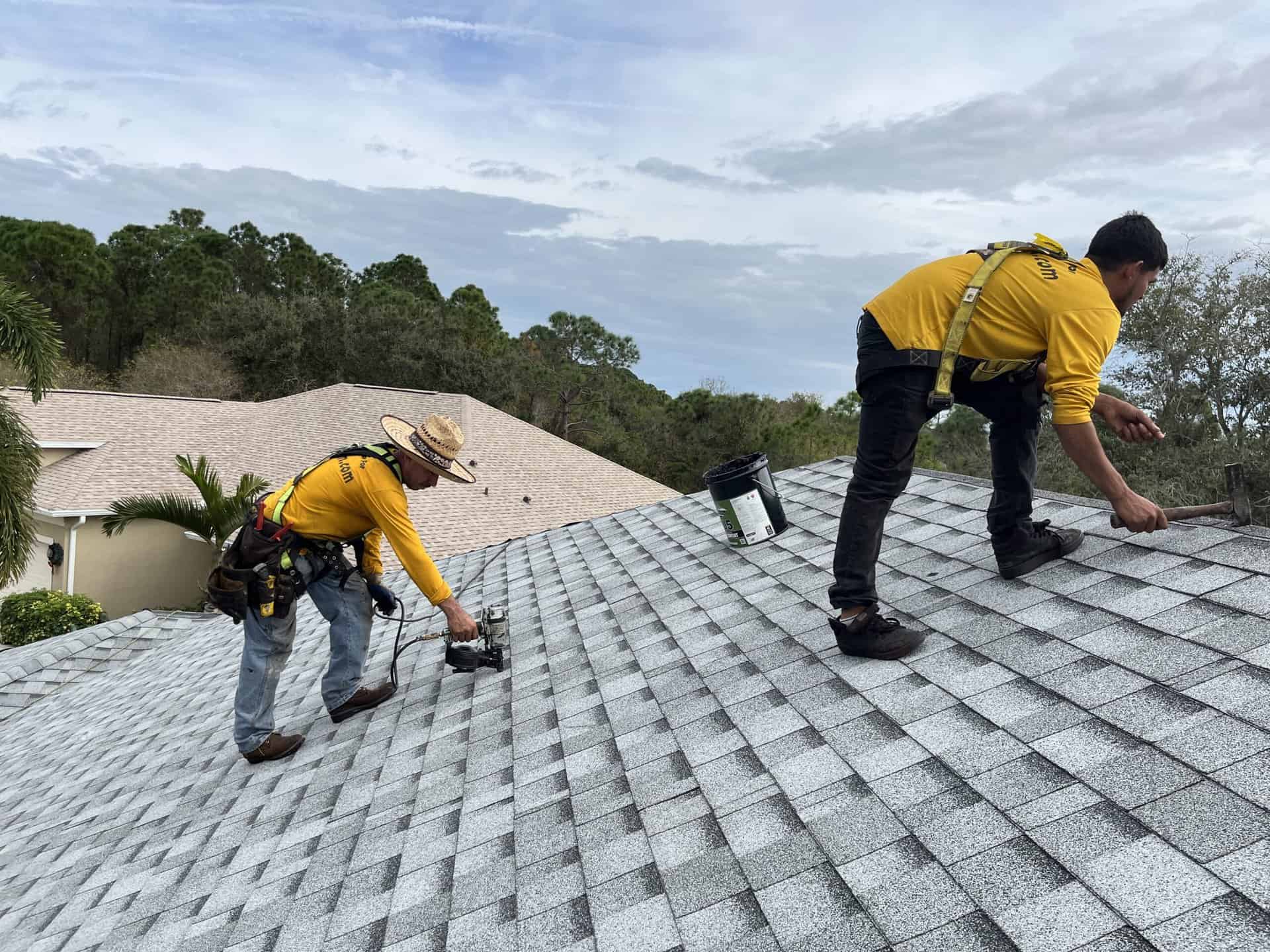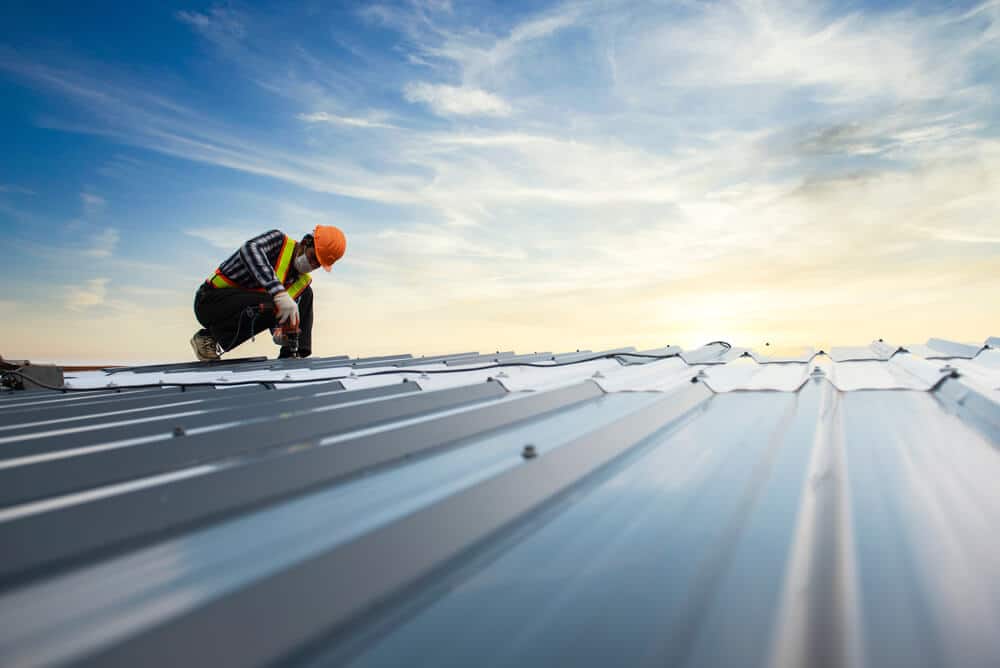Specialist Care and Upkeep with Cleveland Heights Roof Maintenance Specialists
Specialist Care and Upkeep with Cleveland Heights Roof Maintenance Specialists
Blog Article
A Comprehensive Overview to the Installment Refine of a Skylight Roof
The installation of a skylight roofing is a complex procedure that calls for meticulous planning and execution to make sure optimum efficiency and visual allure. This overview will certainly outline the important steps involved, from selecting the suitable skylight type to the vital tools and materials needed for an effective setup. Comprehending the subtleties of structural stability and waterproofing is critical, as these aspects straight affect the durability of your skylight. As we check out each phase, it becomes clear that attention to information is not simply advantageous yet essential for accomplishing a seamless integration of all-natural light right into your space.

Recognizing Skylight Types
When taking into consideration a skylight installment, it is vital to understand the various types readily available, each created to satisfy various visual and functional demands. The most usual kinds of skylights include dealt with, vented, tubular, and operable designs.
Fixed skylights are non-opening devices that serve largely to provide all-natural light and improve interior rooms. Northeast Ohio Roofing Contractors. They are suitable for areas where ventilation is not an issue. Vented skylights, on the various other hand, include a system that allows them to open, facilitating air flow and reducing moisture levels. These are especially valuable in washrooms or cooking areas.
Tubular skylights are portable and developed to catch sunshine with a little dome on the roofing, transporting it down a reflective tube right into the home. This type is beneficial for smaller sized locations or spaces that need additional light without compromising ceiling elevation. Operable skylights incorporate both all-natural light and ventilation, making them functional in different settings.
Each skylight kind uses distinct advantages, and the option depends upon elements such as the meant usage of the room, local environment, and architectural style. Hence, recognizing these options is essential for making a notified decision.
Preparing for Setup
Picking the suitable kind of skylight is simply the start; adequate prep work for installation is essential for guaranteeing an effective project. Prior to initiating the installment procedure, it is important to examine the structural integrity of the roof covering where the skylight will be installed. This involves monitoring for any kind of indications of damage, such as rot or leakages, which may lead and jeopardize the installation to future concerns.
Following, it is necessary to plan the place of the skylight very carefully. Think about elements such as sunshine exposure, possible blockages (like trees or neighboring structures), and the total aesthetic appeals of the space. Marking the area clearly will assist in envisioning the result and assistance stop mistakes during setup.
Furthermore, reviewing local structure codes and obtaining required licenses is imperative to guarantee compliance with policies. This action will certainly assist stay clear of potential fines and make sure the safety and legality of the installment.
Devices and Products Needed
A successful skylight installment requires a certain set of devices and products to guarantee precision and effectiveness throughout the process. Crucial tools include a tape step, degree, circular saw, and energy knife, which are vital for accurate dimensions and reducing. A drill and proper drill little bits are essential for creating holes for mounting brackets, while a hammer and nails or screws are required for securing the skylight in position.
The skylight device itself should be chosen based on the size and type appropriate for the other roofing. Roof covering cement and caulking are also needed to supply added waterproofing around the skylight sides.
Safety and security equipment, such as gloves, goggles, and a construction hat, ought to not be neglected to secure against potential risks throughout the installment. Finally, tarps or ground cloth can be helpful to capture debris and protect the interior of the anchor room listed below. Collectively, these materials and devices lay the structure for an effective skylight installation.
Step-by-Step Setup Process
Successfully installing a skylight involves an organized technique that makes certain both performance and aesthetics. Begin by noting the preferred location on the ceiling, ensuring it aligns with the structural components of the roof covering. Next off, cut an opening that represents the dimensions of the skylight frame, taking care to prevent any electrical circuitry or plumbing.
Once the opening is prepared, set up flashing around the border to draw away water away from the skylight. This is vital for stopping leaks. Setting the skylight into the opening, ensuring it sits flush with the roofline. Safeguard it in position utilizing nails or screws, according to the producer's requirements.
Following, apply roof covering concrete along the edges of the skylight and around the blinking to create a water tight seal. Install the indoor trim to cover any type of exposed edges and to give a completed appearance inside the home. Inspect the installment for any type of spaces or imperfections that might lead to leaks. Correctly examining the skylight guarantees durability and boosts its visual charm, offering an attractive resource of natural light for several years ahead.
Settling and Maintaining Your Skylight
After the setup of your skylight is full, it's vital to finish up the process by moved here guaranteeing that all finishing touches are used and appropriate upkeep routines are established. Begin by examining the inside and exterior seals for any kind of gaps or incongruities that can cause leaks. Proper securing is essential for the long life of your skylight.
Following, clean the glass surface with a mild, non-abrasive cleaner to maintain clarity and boost natural light infiltration. Prevent harsh chemicals that could damage the structure or seals. Consistently inspect for debris build-up around the skylight, as this can cause water drainage problems and might require periodic cleaning.
Develop an upkeep schedule, preferably every six months, to assess the problem of the skylight. Try to find indicators of wear, consisting of degeneration of seals or framework products. Resolve them without delay to protect against additional damages. if you see any type of problems.
Final Thought

The setup of a skylight roof covering is a complex process that requires thorough planning and execution to guarantee optimal efficiency and aesthetic appeal.Picking the ideal type of skylight is just the beginning; adequate preparation for setup is important for guaranteeing an effective job.A successful skylight installation requires a particular collection of devices and materials to guarantee accuracy and effectiveness throughout the process.After the setup of your skylight is complete, it's important to cover up the procedure by ensuring that all finishing touches are applied and appropriate maintenance routines are established. Making certain structural stability, correct flashing installment, and a water tight seal are crucial for the skylight's efficiency and long life.
Report this page